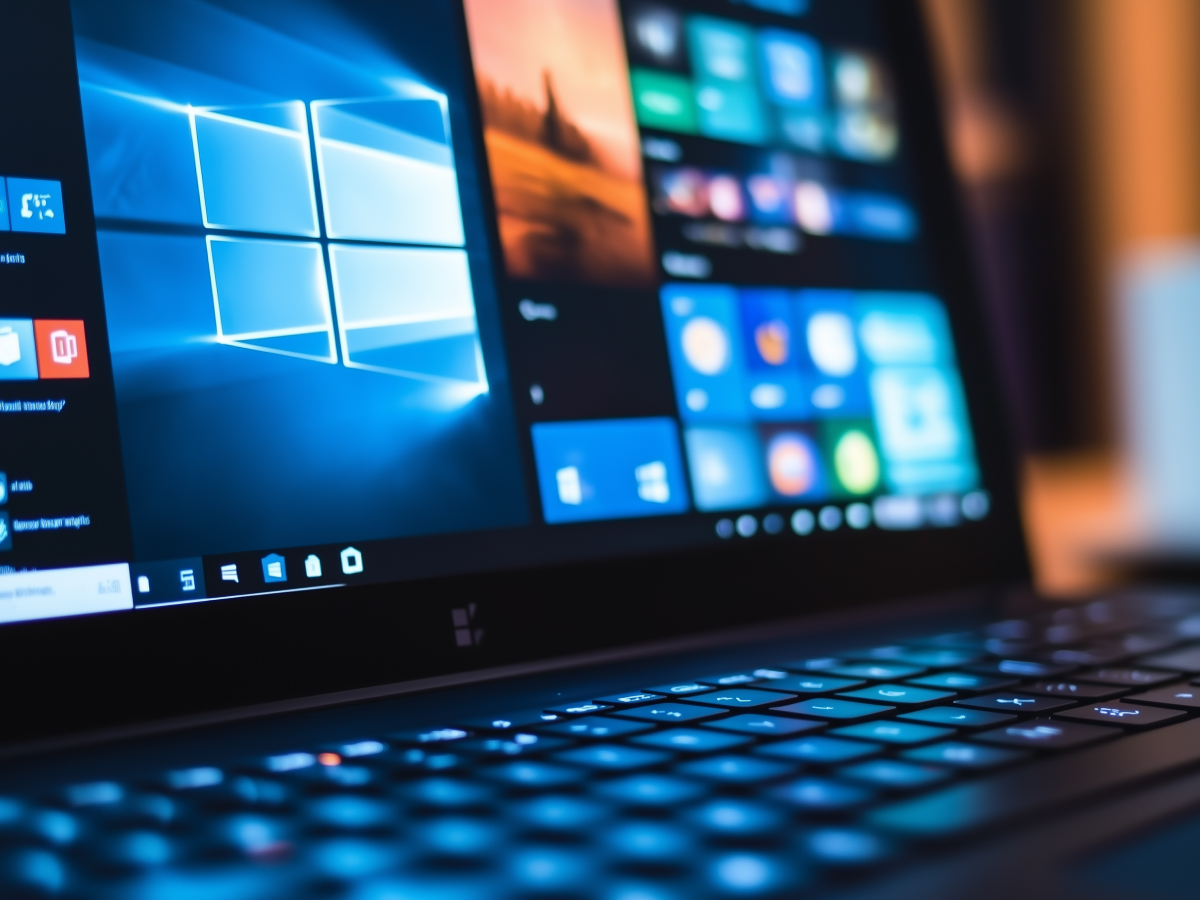Remote work has forced a fundamental shift in the world of IT support and Windows troubleshooting. With employees no longer confined to office environments, IT teams now face unprecedented challenges.
It has expanded IT responsibilities beyond traditional corporate devices and networks to include a wide range of personal computing devices and home setups. The requirement to troubleshoot various device types and home networks adds layers of complexity to IT processes, which were once far more standardized.
Our computing habits have completely changed
The dominance of desktop PCs and laptops in households has dwindled over time. During the Windows XP era, desktops were the go-to devices for most users, but this changed as technology evolved.
Many households have moved away from desktop PCs in favor of mobile devices like smartphones and tablets, driven by their ease of use for content consumption. It’s a shift that is reflected in sales data: Chromebooks and mobile devices have seen a sharp rise in adoption, particularly as remote work became the norm.
Chromebooks are taking over
The pandemic in 2020 triggered a massive spike in demand for laptops, driven by the sudden shift to home offices. Laptop sales surged, while external monitor sales doubled, as employees scrambled to create suitable work environments at home.
At the same time, companies noted an unexpected increase in employee productivity. Without the daily commute, workers found greater flexibility in how and when they completed tasks. Laptops, often Chromebooks, became key tools, adding to the growing diversity of devices that IT must support.
New IT support challenges
As remote work continues, the line between traditional computers and other devices is becoming increasingly blurred. Employees now rely on a range of devices, Chromebooks, iPads, smartphones, many of which are no longer tied to a single operating system or platform.
Cloud-based work platforms such as Microsoft Azure and Google Workspace give access to work software across these devices. The result? IT departments are frequently asked to troubleshoot devices that aren’t Windows PCs, requiring more versatile skills and approaches to technical support.
Troubleshooting the remote worker’s home
In addition to device diversity, IT departments are now responsible for troubleshooting home internet connections, personal routers, and shared devices. Tasks were once confined to company infrastructure, but the pandemic has shifted a portion of these issues to employees’ homes.
Shared home devices used for personal activities present security risks. Companies now enforce policies denying access to devices that lack proper malware protection.
Work devices are often used by family members for non-work-related activities, such as gaming or streaming, increasing the risk of security breaches. In order to combat this, companies have implemented strict security protocols, such as requiring updated malware protection before allowing access to company resources.
Managing remote teams across continents
Since 2020, globally dispersed teams have become the norm, with many departments functioning remotely without ever meeting in person.
Remote work has expanded the talent pool, letting companies hire globally. Such a change has led to departments where employees may never meet face-to-face, scattered across various countries and regions.
IT support teams now manage teams across geographies, adding complexity to troubleshooting and coordination. For instance, a department might have members in Seattle, New Jersey, and Dallas, while another team may span across Paris, Frankfurt, and Copenhagen. Dispersed teams create a unique challenge for IT departments, as they must support employees in varying time zones and with different internet setups.
IT support’s new reality, adapting to the hybrid world
IT support must now accommodate a wider variety of devices than ever before, from Chromebooks to iPads to Linux-based laptops. Traditional support processes are no longer sufficient, and IT departments must ask more precise questions to identify what device the employee is using.
End users often refer to any computing device as a “PC,” whether it’s a Windows computer or a Chromebook. IT teams need to be equipped with processes to quickly determine the type of device, its operating system, and any relevant hardware.
Almost all devices feature a “Settings” or “About” section, helping IT support to quickly identify device details and troubleshoot more efficiently.
Making troubleshooting smooth again
Once these new troubleshooting procedures become routine, IT staff can execute them without significant effort. Refined processes will eventually become second nature, leading to quicker resolutions and smoother support experiences.
As the variety of devices continues to grow, IT departments must ensure that their policies are flexible enough to grow as needed, allowing for easy adaptation to future changes in the workplace.
Tech challenges to prepare for
The adoption of ARM processors in Windows PCs presents new challenges for IT departments. These processors, which have historically been used in smartphones, are now becoming more common in laptops and desktops.
ARM processors offer power efficiency and performance benefits but require different troubleshooting approaches compared to traditional x86-based systems. As more businesses invest in these newer devices, IT teams must prepare for the unique challenges they present in terms of compatibility and support.
Alongside this, the use of Large Language Models (LLMs) in business is growing rapidly, helping companies automate tasks such as transcribing meeting notes, drafting emails, and analyzing large datasets.
However, these models require substantial computing power, and many legacy systems struggle to keep up. Devices like Copilot+ Windows PCs or Apple’s M-series computers are equipped to handle this workload, but older systems will rely heavily on cloud support. IT departments will need to bridge the gap between modern capabilities and older infrastructure while managing user expectations.





